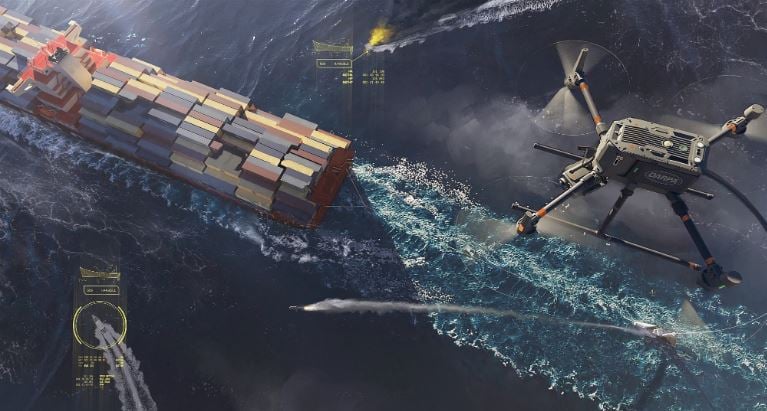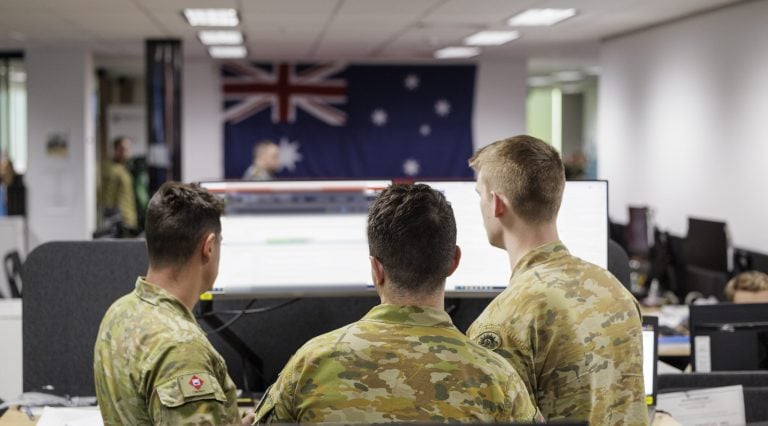The U.S. military is actively exploring semi-autonomous solutions through its Pulling Guard program, aimed at safeguarding unarmed commercial vessels from various asymmetric threats, particularly those posed by uncrewed surface vessels. This initiative seeks to provide an alternative to conventional, more expensive escort options like guided missile destroyers and carrier strike groups, which are increasingly challenging to deploy and maintain.
The program envisions the use of autonomous systems that can be remotely supervised by operators via secure communications. A key aspect of the planned marine platform will be its incorporation of advanced sensors and effectors, designed with a modular architecture to facilitate future upgrades in both software and hardware. According to the Defense Advanced Research Projects Agency (DARPA), the program focuses on integrating and “marinizing” existing technologies, placing an emphasis on modularity to ensure an agile development cycle. This adaptability is crucial as new threats emerge, expanding the market for tailored variants that meet regulatory and compliance requirements for export.
Maritime shipping remains a critical component of international trade, accounting for about 80% of its volume and 70% of its value. However, commercial vessels that pass through defined chokepoints are often susceptible to attacks from a range of malicious actors, including pirates and hostile nation-states. Today, advancements in commercial technology—encompassing command and control, autonomy, and remote sensing—have significantly lowered the barriers for asymmetric threats in maritime environments.
Historically, the U.S. Navy has relied on high-end assets like guided missile destroyers to secure vital shipping routes. But the evolving nature of threats and the increasing volume of commercial shipping traffic challenge the sustainability of this approach, making it impractical and cost-prohibitive to deploy such military escorts on a routine basis. For instance, the waters near Nigeria are notorious for high piracy rates, underscoring the urgency of this issue.
The Pulling Guard program will unfold in two main phases. The initial 18-month phase focuses on the development of the platform and its sensors, leveraging input from various performers involved in the project. This phase will likely require robust collaboration for the alignment of both physical and digital interfaces, along with an iterative design cycle to transition concepts effectively to deliverable systems. Following this, the second phase will last 21 months, concentrating on integration, manufacturing, and facilitating a smooth commercial transition.
One of the primary objectives of the Pulling Guard program is to offer a cost-effective escort solution aimed at commercial vessels, in place of traditional large combat escorts. The services will operate under a “protection as a service” model, where commercial entities can contract these solutions in partnership with the U.S. military—initially involving the U.S. Navy. The program ensures that protected vessels will require no permanent modifications, and the escort capability can be easily detached when necessary.
Additionally, the ship’s master will remain integral to the decision-making process, while the Pulling Guard system retains command and control over the protected vessel. This collaborative approach is designed to create a flexible yet formidable defense against potential threats in increasingly congested maritime trade routes.


















